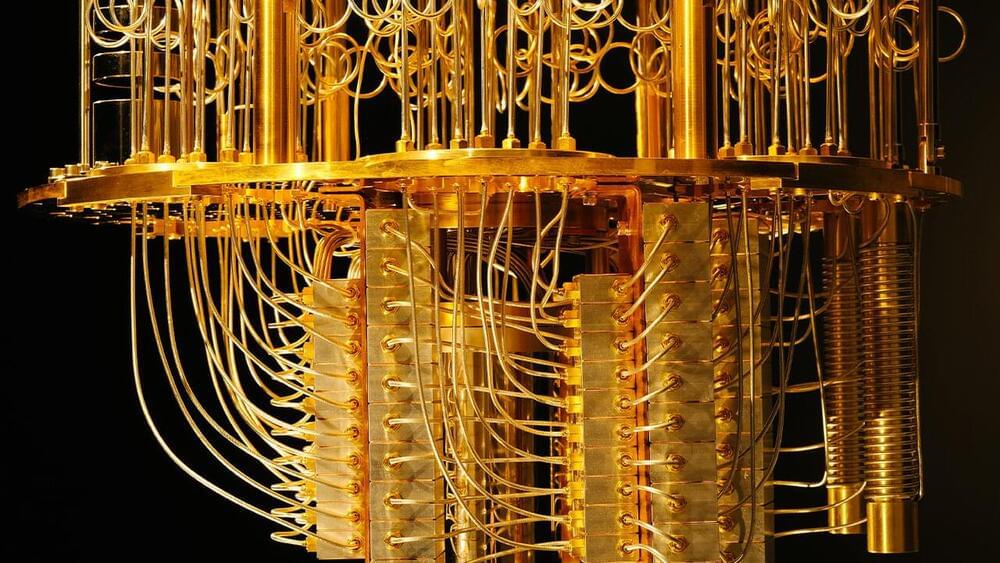Time crystals. Microwaves. Diamonds. What do these three disparate things have in common?
Quantum computing. Unlike traditional computers that use bits, quantum computers use qubits to encode information as zeros or ones, or both at the same time. Coupled with a cocktail of forces from quantum physics, these fridge-sized machines can process a whole lot of information – but they’re far from flawless. Just like our regular computers, we need to have the right programming languages to properly compute on quantum computers.
Programming quantum computers requires awareness of something called “entanglement”, a computational multiplier for qubits of sorts, which translates to a lot of power. When two qubits are entangled, actions on one qubit can change the value of the other even when they are physically separated, giving rise to Einstein’s characterization of “spooky action at a distance.” But that potency is equal parts a source of weakness. When programming, discarding one qubit without being mindful of its entanglement with another qubit can destroy the data stored in the other, jeopardizing the correctness of the program.
